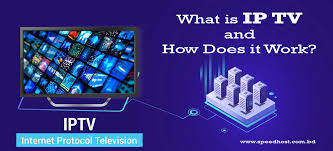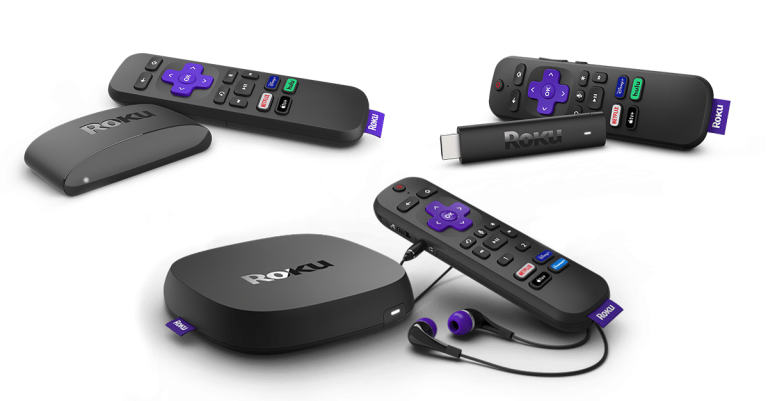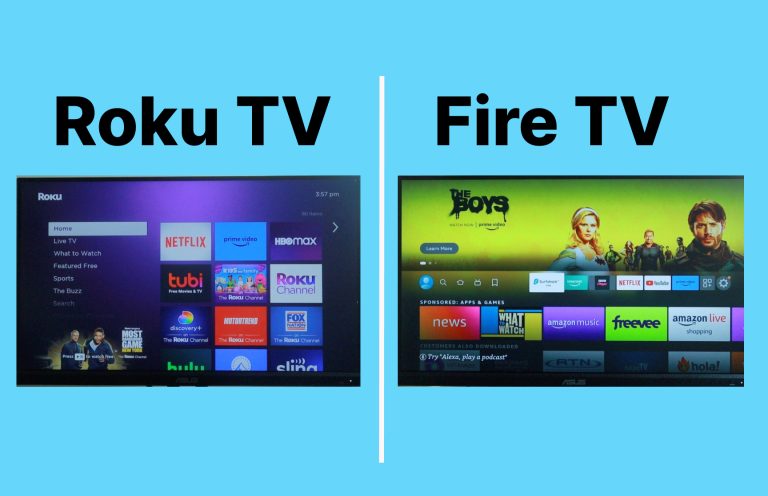How IPTV Works
IPTV, or Internet Protocol Television, is a revolutionary technology that delivers television content over the Internet rather than through traditional cable or satellite means. This article delves into the intricate workings of IPTV, exploring its key components, operation, types of services, advantages, challenges, and future trends.
Discovering Your Firestick Can Do in the UK
Introduction to IPTV
IPTV refers to the delivery of television content through the internet protocol (IP) network infrastructure. Unlike conventional broadcast or cable television, IPTV leverages the power of the internet to transmit audio, video, and other multimedia content to viewers’ devices.
Is Netflix free on an Android box?
With the rise of high-speed internet connectivity and advancements in digital technology, IPTV has gained immense popularity as an alternative to traditional television services.

Key Components of IPTV
Several essential components work together to enable the seamless delivery of IPTV services:
1. Set-top box
The set-top box acts as the intermediary device between the user’s television set and the internet. It receives the IPTV signals, decodes them, and displays the content on the TV screen. Modern set-top boxes often come equipped with interactive features, DVR capabilities, and support for high-definition content.
2. Middleware
Middleware software serves as the backbone of the IPTV system, managing various functions such as user authentication, content navigation, billing, and interactive services. It ensures smooth communication between the user’s device and the IPTV server.
3. Content delivery network (CDN)
CDN plays a crucial role in delivering high-quality streaming content to viewers. It consists of a network of servers strategically positioned across different geographical locations to reduce latency and optimize bandwidth usage. CDN ensures efficient content delivery, especially during peak viewing hours.
How IPTV Works
The process of delivering IPTV content involves several stages:
Signal acquisition
The IPTV service provider acquires television signals from various sources, including broadcast networks, cable channels, and satellite feeds. These signals are then converted into digital format for transmission over the internet.
Encoding
Before streaming, the content undergoes encoding, where it is compressed and converted into a format suitable for transmission over IP networks. Encoding helps optimize bandwidth usage and ensures smooth playback on users’ devices.
Do I need a Firestick With a Smart TV
Content delivery
Once encoded, the content is transmitted over the internet to the user’s set-top box or device. The delivery process involves routing the data packets through the CDN to ensure timely and uninterrupted streaming.
User interaction
One of the key advantages of IPTV is its interactive features, which allow users to control and customize their viewing experience. Users can access electronic program guides (EPGs), pause, rewind, and record live TV, and interact with on-screen content through interactive applications.
Types of IPTV Services
IPTV services can be classified into several categories based on the nature of content delivery:
Live IPTV
Live IPTV broadcasts real-time television channels over the internet, allowing viewers to watch their favorite programs as they are being aired. This includes sports events, news broadcasts, and entertainment shows.
Time-shifted IPTV
Time-shifted IPTV enables users to watch previously aired programs at their convenience. With features like catch-up TV and time-shifted viewing, users can rewind, pause, or fast-forward content to suit their schedules.
Video on demand (VOD)
VOD services offer a vast library of on-demand content, including movies, TV series, and documentaries. Users can select and stream content from the available catalog anytime, anywhere, without having to adhere to a fixed broadcasting schedule.
Advantages of IPTV
IPTV offers several benefits over traditional television services:
- Wide range of channels: IPTV provides access to a diverse selection of channels from around the world, including regional, national, and international content.
- Interactive features: IPTV enables interactive features such as video-on-demand, electronic program guides, and interactive applications, enhancing the overall viewing experience.
- High-quality streaming: With advancements in compression technology and network infrastructure, IPTV delivers high-definition and ultra-high-definition content with minimal buffering and latency.
Challenges and Limitations
Despite its numerous advantages, IPTV faces several challenges and limitations:
- Bandwidth requirements: High-quality streaming requires significant bandwidth, which may pose challenges in areas with limited internet connectivity.
- Content licensing issues: Securing rights to broadcast copyrighted content can be complex and costly, leading to restrictions on available content.
- Security concerns: IPTV services are susceptible to piracy, unauthorized access, and content theft, raising concerns about data security and copyright infringement.
Future Trends in IPTV
The future of IPTV promises exciting developments and innovations:
- 4K and beyond: As consumer demand for higher resolution content grows, IPTV providers are likely to adopt advanced technologies such as 4K and even 8K streaming.
- Integration with other services: IPTV may integrate seamlessly with other digital services, including home automation, gaming, and virtual reality, creating immersive entertainment experiences.
- Personalization and recommendation algorithms: IPTV platforms may leverage artificial intelligence and machine learning algorithms to deliver personalized content recommendations based on user preferences and viewing habits.
Conclusion
IPTV revolutionizes the way we consume television content, offering a flexible, interactive, and personalized viewing experience. With its diverse range of channels, high-quality streaming, and innovative features, IPTV continues to shape the future of entertainment.







